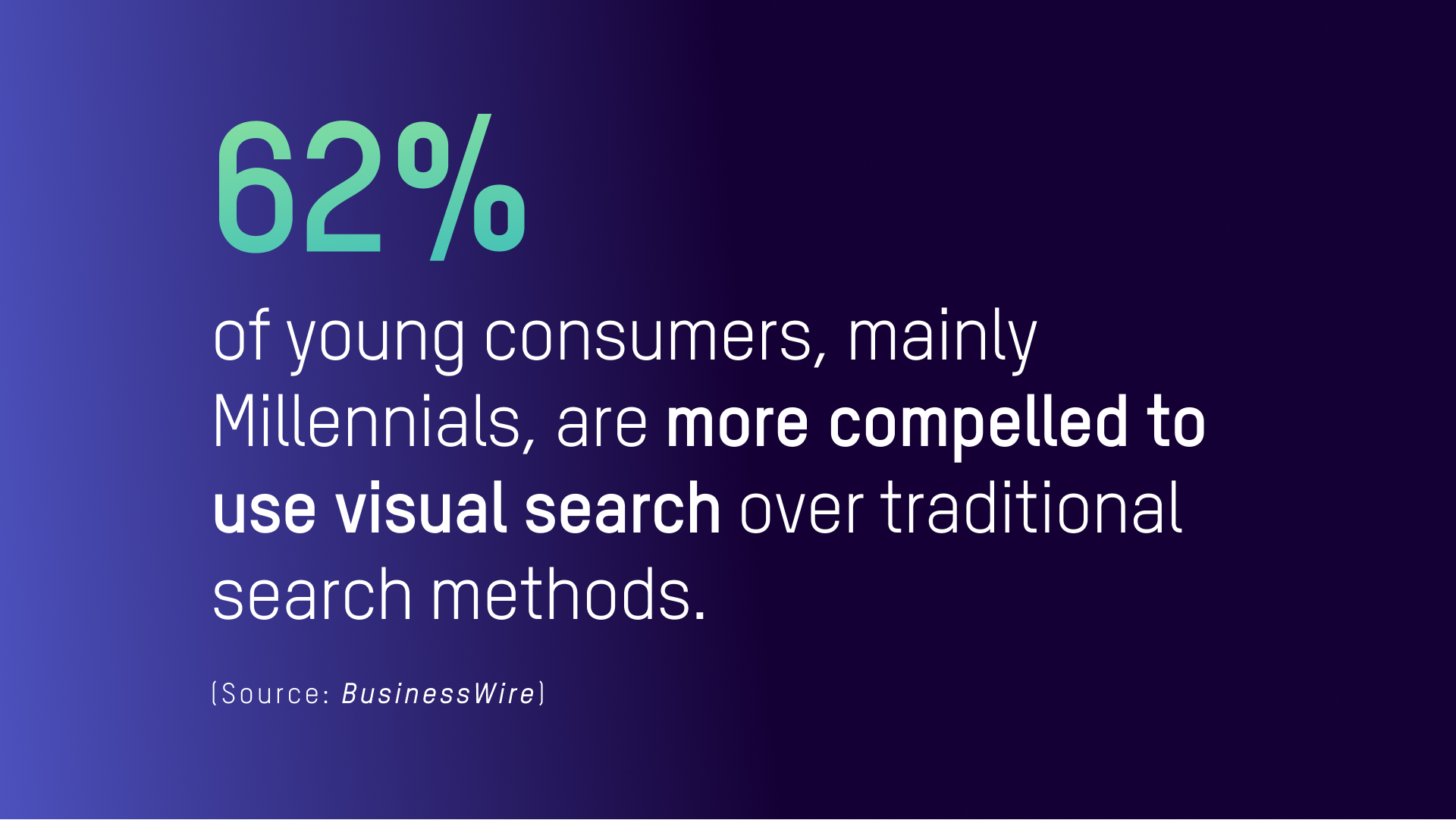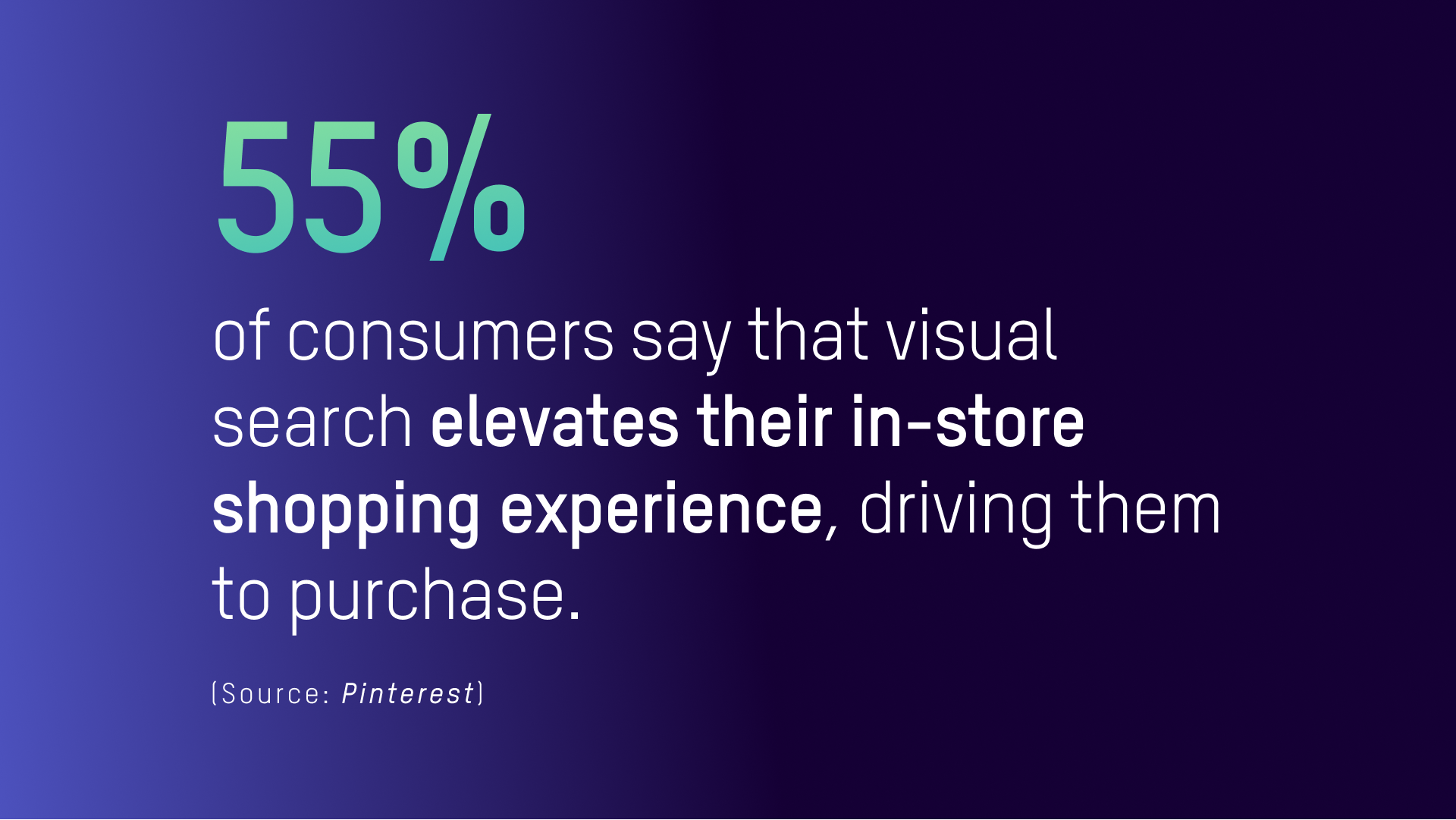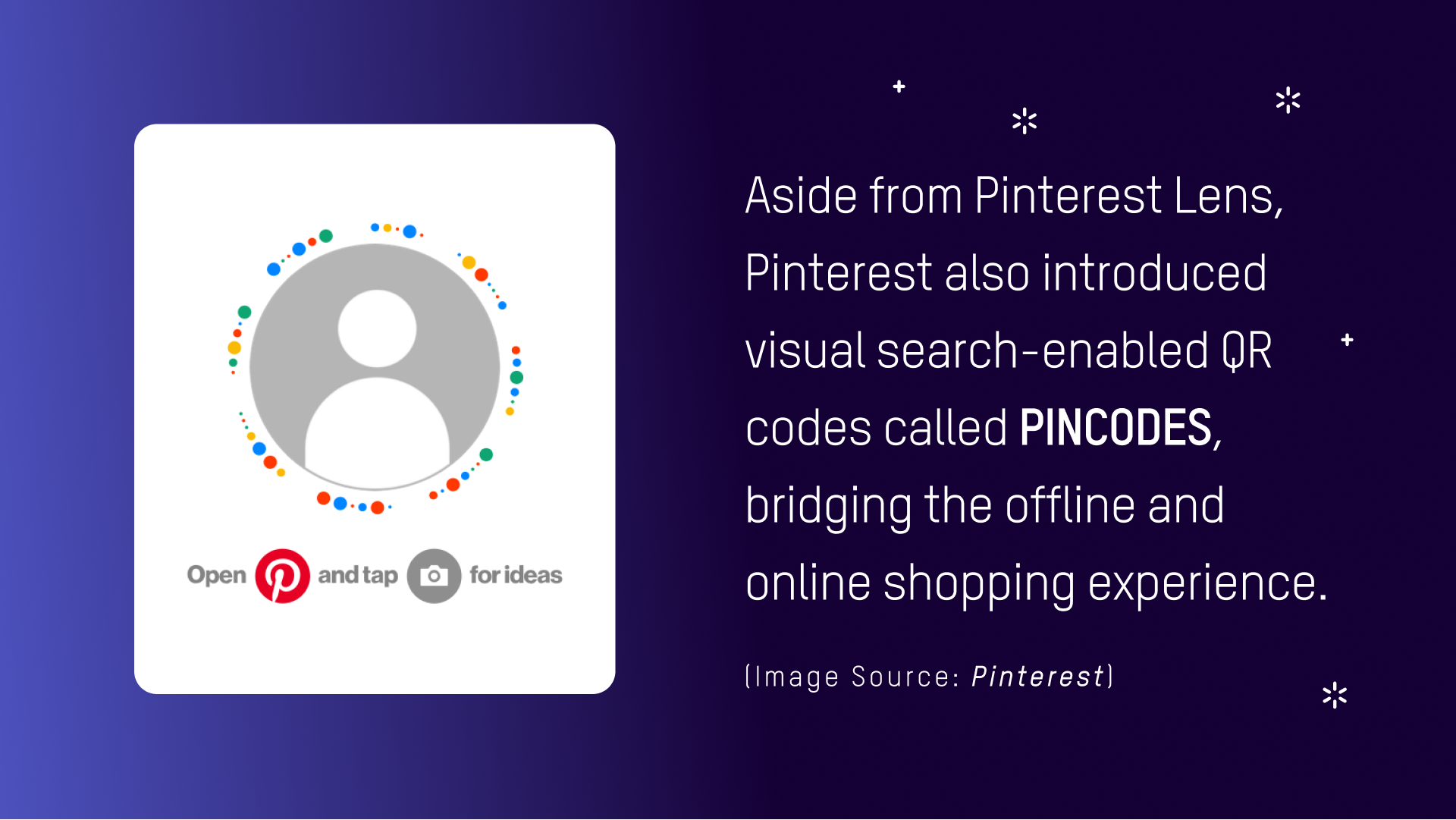Visual search is taking over the digital world—thanks to the rise of applications with groundbreaking visual search capabilities.
Tech giants such as Google, Snapchat, Pinterest, Amazon, and Bing have rolled out programs to support the visual search experience, which may soon transform how consumers scour the web for information.
In this blog, we’ll explore this search type—and its imminent impact on the search landscape.
A Look Into the Viewfinder
Visual search is the use of real-world images such as phone pictures, web images, and screenshots, to run queries. Supported by artificial intelligence (AI), visual search utilizes the metadata of images to generate context and deliver relevant results to searchers.
Compared to text-supported and voice-enabled searching, this image-based search format offers more convenience to searchers as it makes the entire browsing experience almost effortless.

Not only does it generate suggestions at a faster pace, visual search also delivers more accurate results (since AI is better at deriving meaning and context from images). This is why 62% of young consumers, mainly Millennials, are more compelled to use visual search over traditional search methods (BusinessWire).
Visual search is a gold mine for industries like retail, food and beverage, consumer goods, travel, and e-commerce, as it offers more support to their operational processes, particularly when it comes to product discovery.
While this search type is still ripe, early adopters from these industries are already reaping its rewards. E-commerce brands that integrated visual search capabilities into their sites reported an unexpected increase in their order size by 20% (Invesp).

Evidently, visual search is a powerful driver of consumer choice. Those who use it in their product discovery are more likely to add visual search matches to their carts and make a purchase than those who use text-based search (ThinkWithGoogle). This doesn’t just apply to online purchases. Around 55% of consumers say that visual search elevates their in-store shopping experience, driving them to purchase more (Pinterest).
For experts, this can be attributed to the quality of results delivered to consumers via visual search. With this search type, users get the most identical matches to their image-based queries. Visual search also shortens product discovery, eliminating the use of unnecessary keywords or filters, which can often extend the search process.
With its promise of a faster and more intuitive search experience, more and more consumers are turning to visual search. Around 36% of them have used visual search applications and this number is expected to grow with the arrival of new programs and features.
Through Multiple Lenses
Without a doubt, the search landscape is moving towards becoming more semantic (and less keyword-driven). The biggest digital companies are already traveling that road, reinventing their platforms to support an image-based search experience. First and foremost, there’s Google Lens, from the world’s search engine leader.
Google Lens boasts one of the most powerful visual search capabilities—supported by other Google services like Google Translate and Google Assistant. With Google Lens, users can simply scan an object with their phone cameras to run a search query and get results in an instant. Not only that, it’s capable of transmitting and translating text found on images in over 100 languages.

Aside from Google Lens, there’s also Pinterest Lens, which allows visual searches within the Pinterest app. This program recommends image inspirations based on photo queries. Pinterest also introduced visual search-enabled QR codes called Pincodes, bridging the offline and online shopping experience. Pincodes allow brands to showcase their products and drive customer engagement with just a simple scan.
Amazon was also quick to take advantage of this trend with the launch of Amazon Lens. Much like Google Lens, Amazon Lens generates recommendations of Amazon products that look similar to the uploaded image. This program, much like other visual search technologies mentioned above, portends a future in which pictures are better than words.
As brand leaders work towards building a more visual-based search experience within their platforms, other enterprises are expected to follow suit. Indeed, visual search is here to stay. Pinterest’s CEO Ben Silbermann even said it himself—The future of search is pictures, not keywords (Search Engine Journal).



